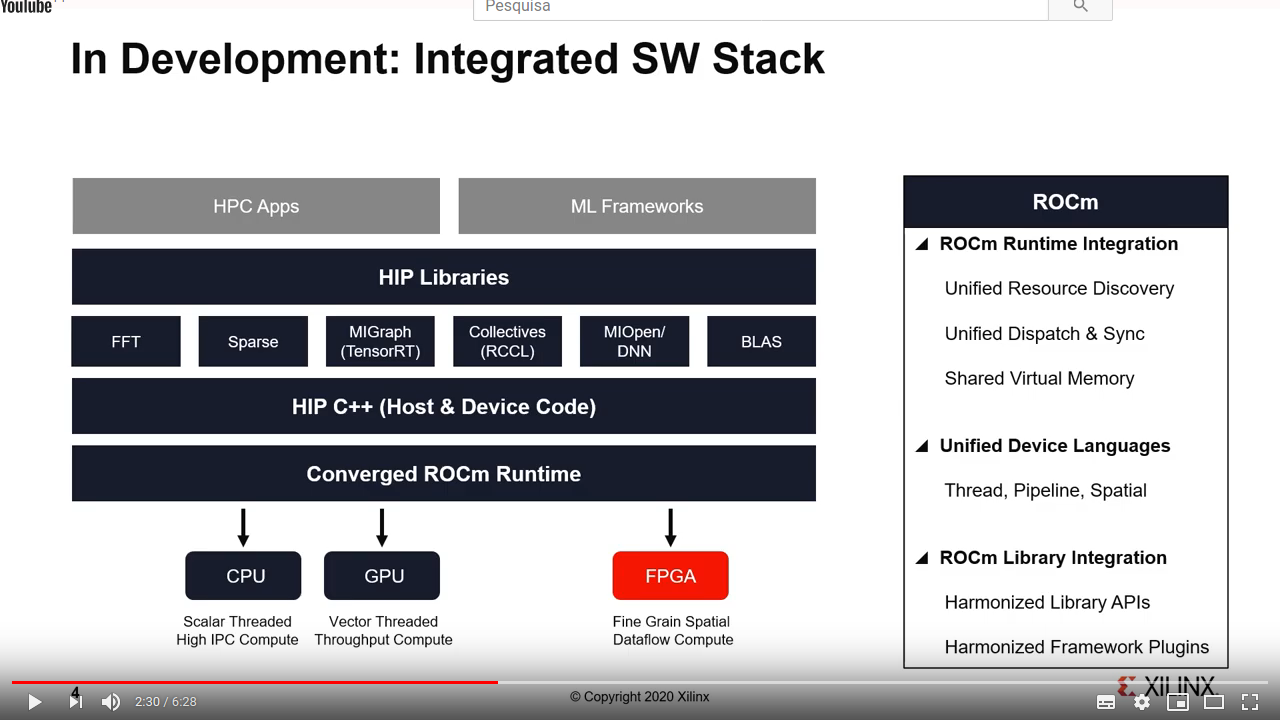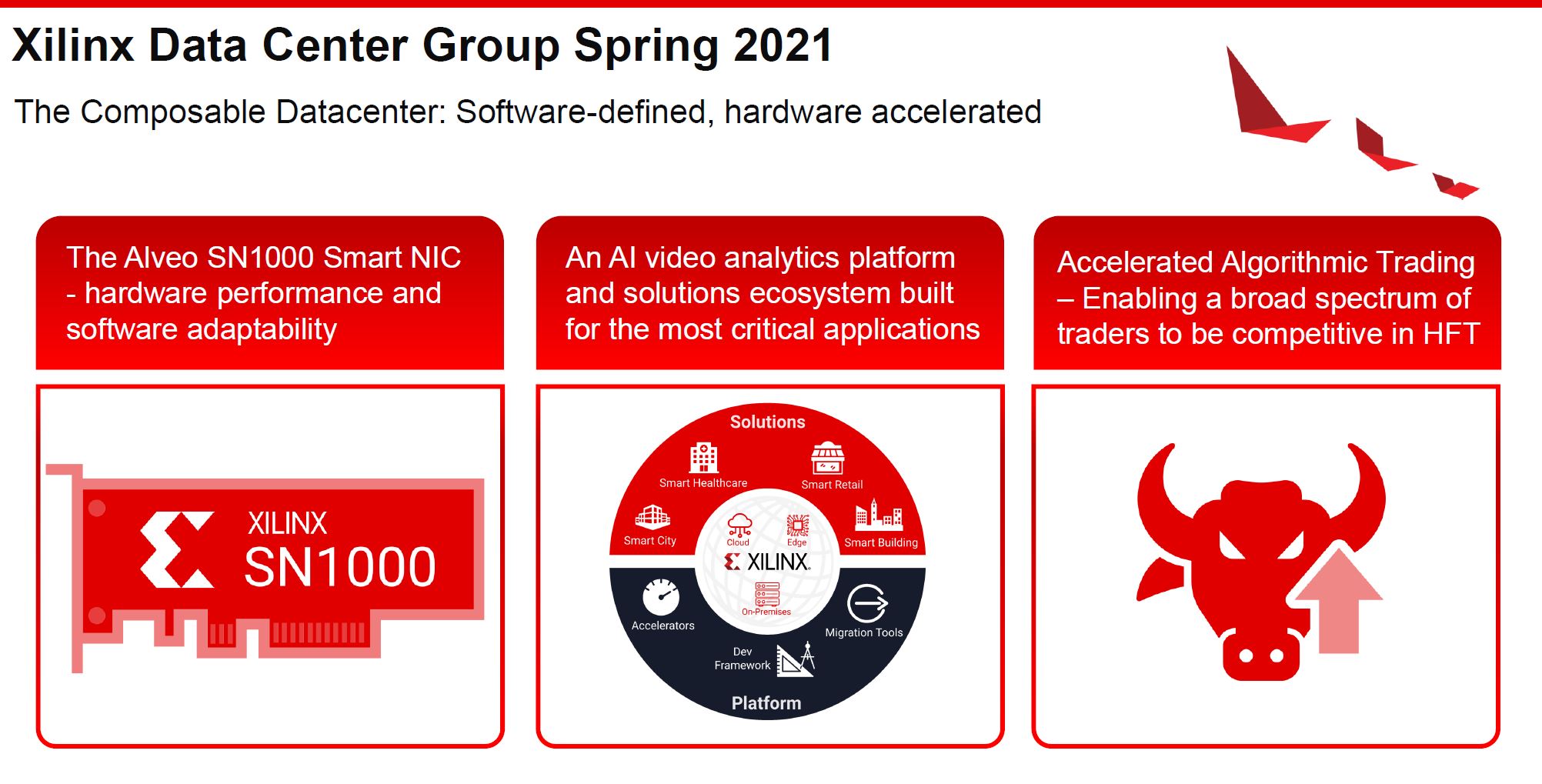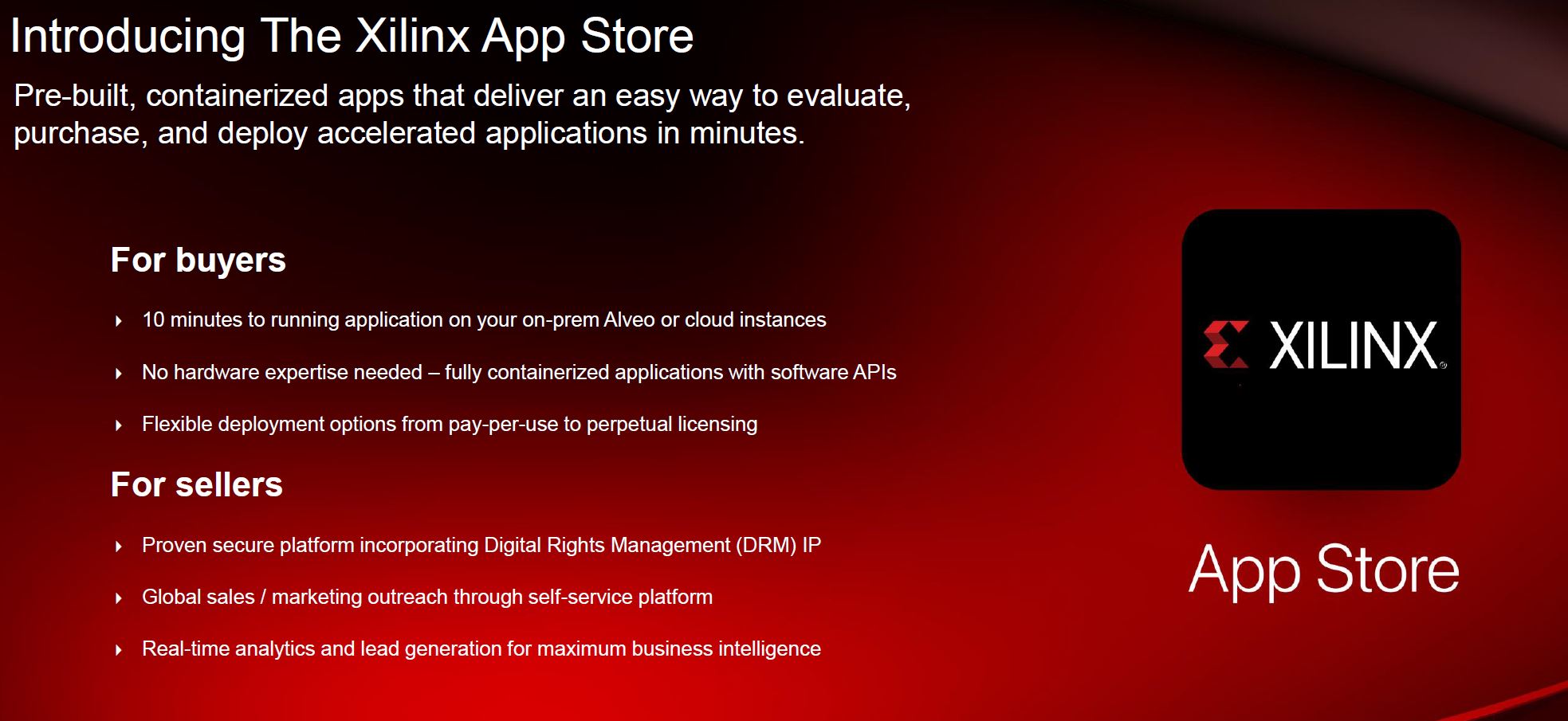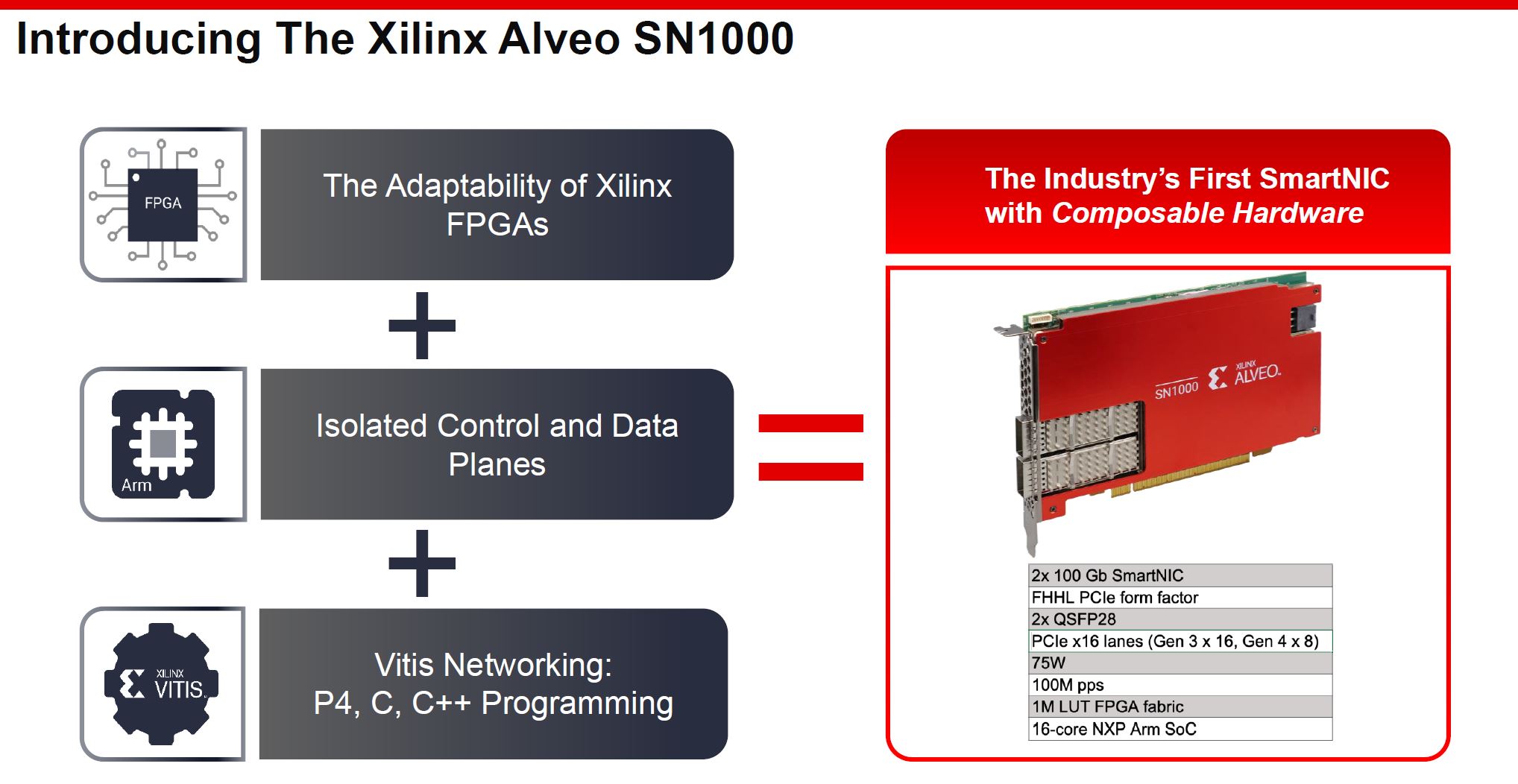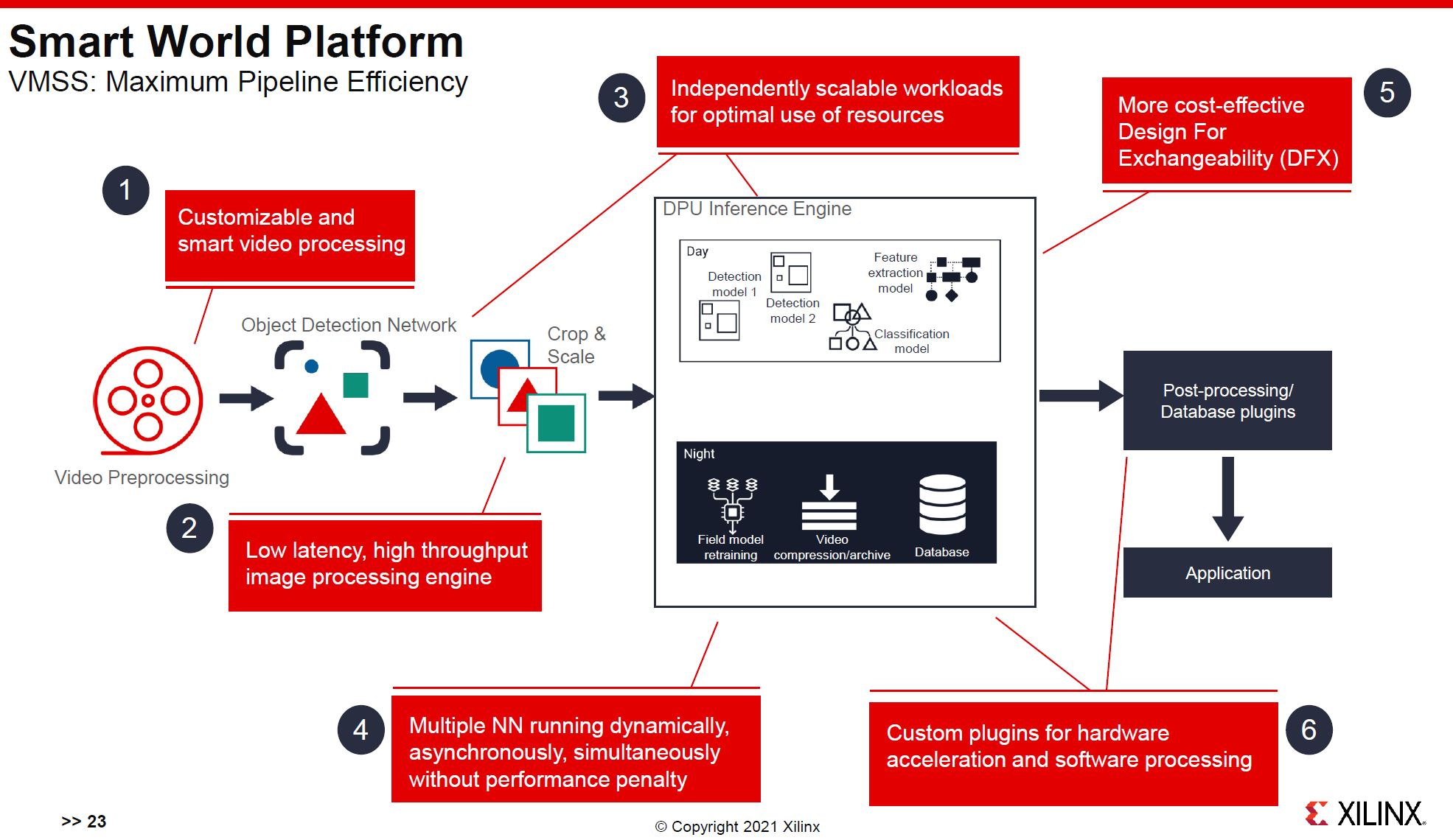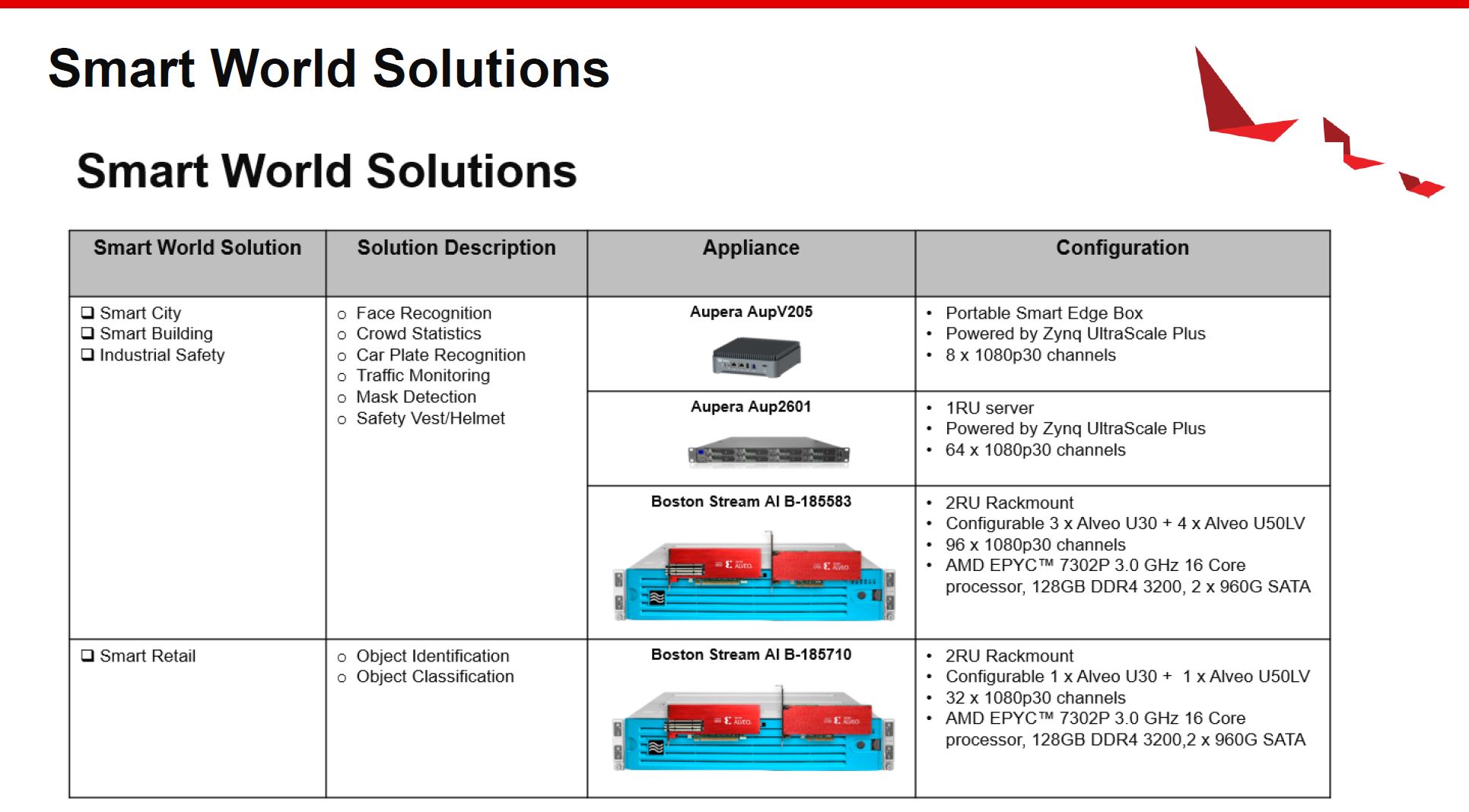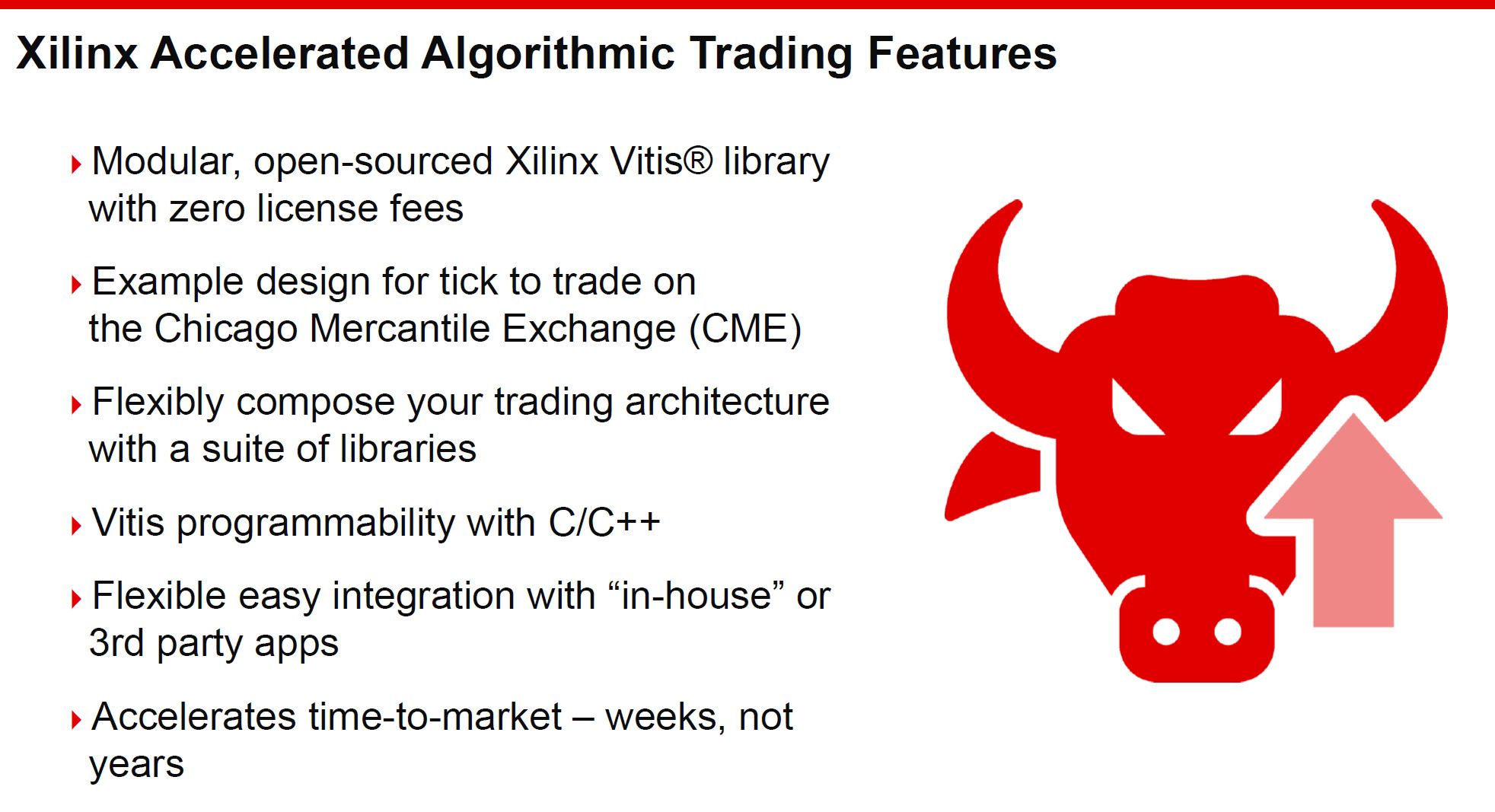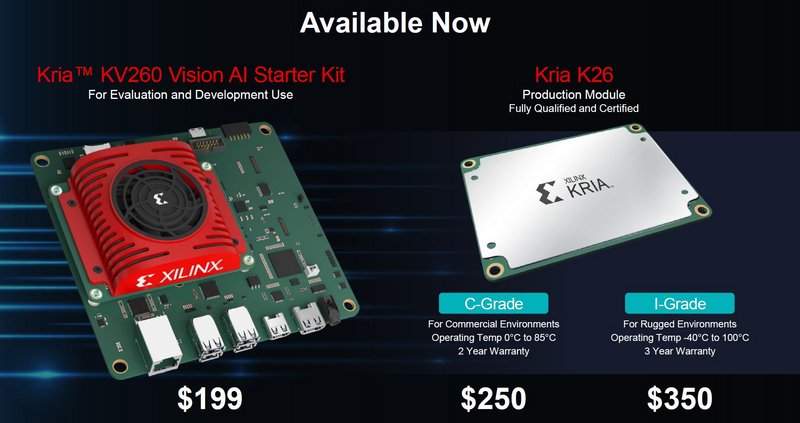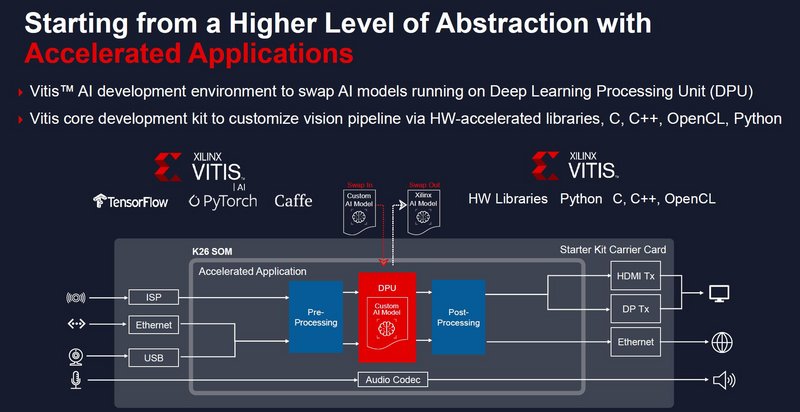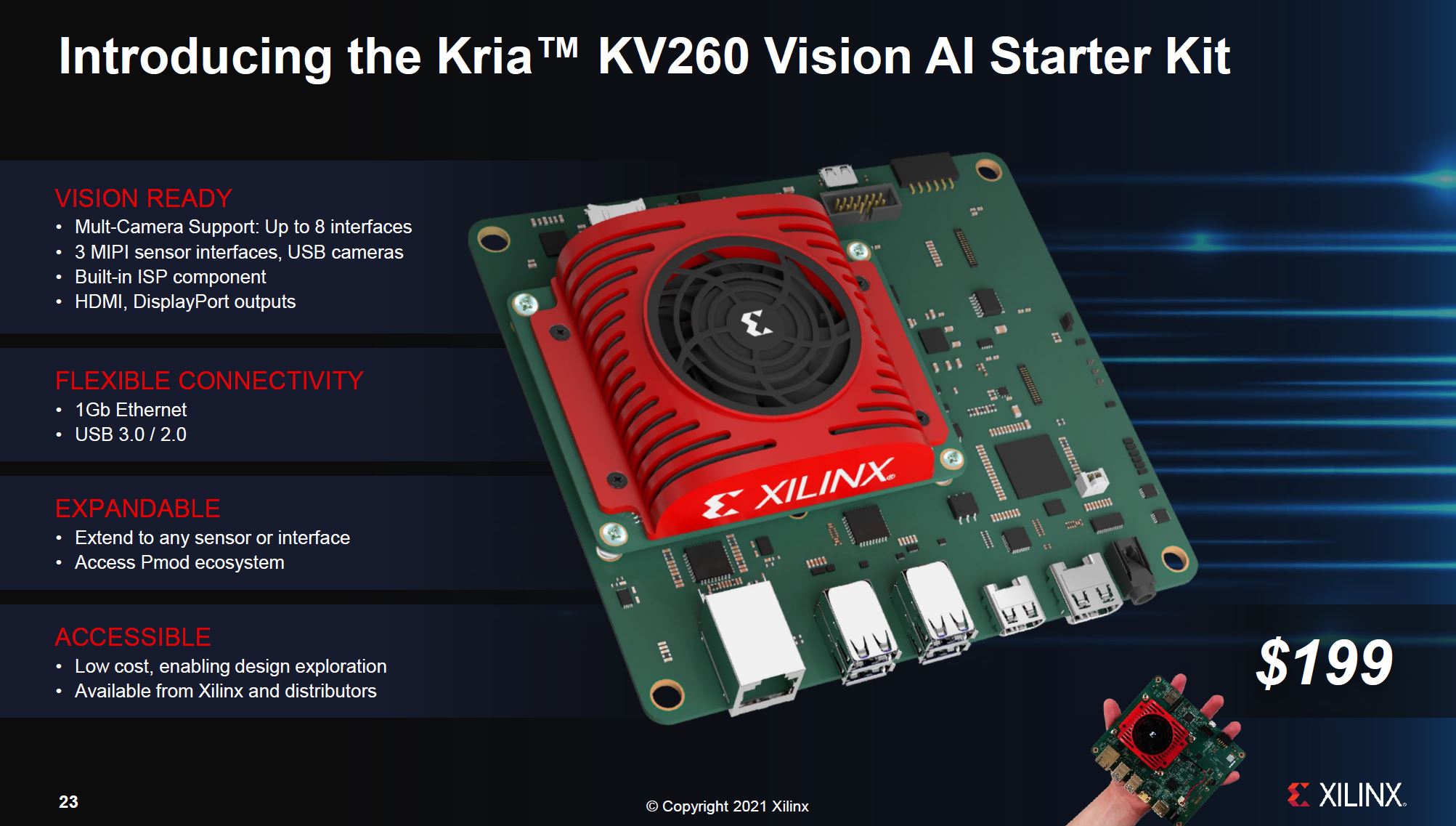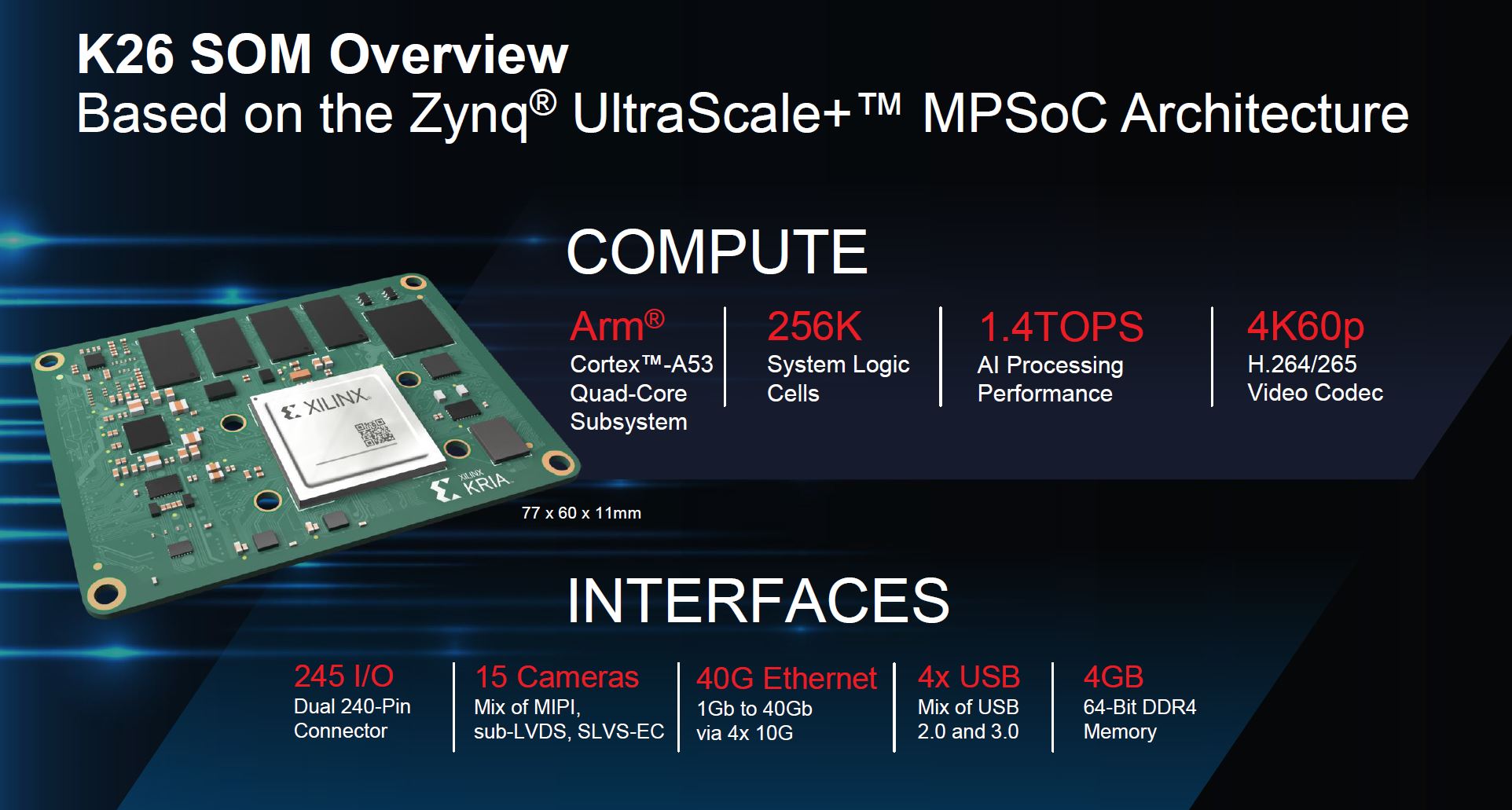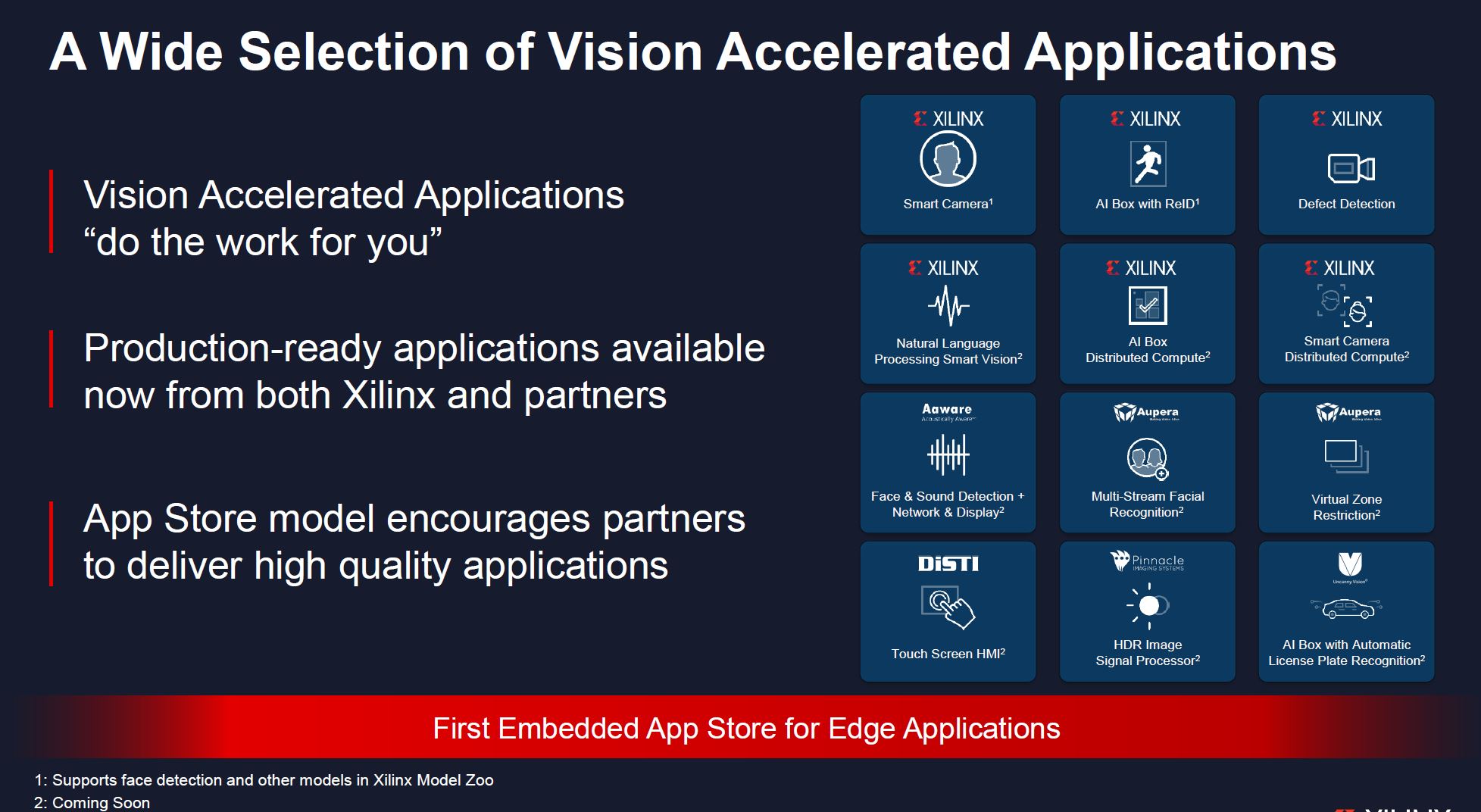Em relação à parte financeira, o que temos é isto:
As acções representam o capital da empresa (seja a AMD ou outra), o valor monetário das mesmas pertence aos respectivos titulares.
Até aqui parece-me que isto é pacífico.
O negócio é feito com base numa fusão, em que é acordado que aos actuais accionistas de cada empresa corresponderá uma fracção das acções da nova empresa.
Não há "dinheiro" envolvido, apesar de as acções de cada titular sofrerem os respectivos acertos definidos.
A empresa resultante vai valer o valor dos activos de ambas? Mais? Menos? Só o tempo o dirá.
A maioria dos accionistas representa fundos de investimento, devem estar mais que informados e habituados a isto.
Nem é propriamente surpresa que ambas as empresas tenham os mesmos accionistas
Xilinx Shareholders
https://www.marketscreener.com/quote/stock/XILINX-INC-4917/company/
quase um terço do capital detido por duas instituições
AMD Shareholders
https://www.marketscreener.com/quote/stock/ADVANCED-MICRO-DEVICES-I-19475876/company/
(onde anda a Mubadala? resolveu fazer o cash in?)
Assim é mais fácil fazer negócios.

O "preço", o valor definido para o negócio, esse sim é discutível. (EDIT: e sim já há uma série de firmas de advogados a interporem processos sobre o valor definido para Xilinx, e a quererem que os accionistas da Xilinx contestem o valor

)
Em relação aos méritos do negócio.
Bom, como disse antes, ao contrário da Intel-Altera, AMD e Xilinx são velhos conhecidos.
Tendo em conta a participação conjunta em alguns consórcios têm uma melhor prespectiva sobre o negócio de cada um, e alguns casos estratégias alinhadas para objectivos comuns.
https://www.nextplatform.com/2016/05/23/chip-upstarts-get-coherent-hybrid-compute/
O que explica a presença do CEO da Xilinx num evento de apresentação da AMD do Epyc em 2018.
E os rumores entre ambas as empresas nem são de agora ou deste ano, e como algumas análises de sites mais ligados ao mercado de servidores disseram, a AMD poderia ter optado por empresas de menor dimensão para adquirir FPGA e de networking, a Xilinx não só trás ambos como ainda trás posição de mercado (ou seja clientes) e canais de distribuição.
EDIT 2: há ainda uma resposta inesperada da Su sobre o negócio
Su and Peng consistently talked about how the two companies complement each other, but when asked about specific technology integration, Su’s response was somewhat unexpected. The questioner asked specifically about the possibility of mixing hard IP and configurable logic on a chip, and also about packaging technologies (AMD is a leading advocate of chiplets technology), but Su’s response went elsewhere.
“The days of monolithic integration are probably over,” she said. “There will be some opportunities for us to do things on the hardware side, …but we are very focused on doubling down on the software environment, because that’s really the key to accelerated adoption,” to help customers with their specific workloads, she explained.
https://www.eetimes.com/amd-confirms-rumored-acquisition-of-xilinx/


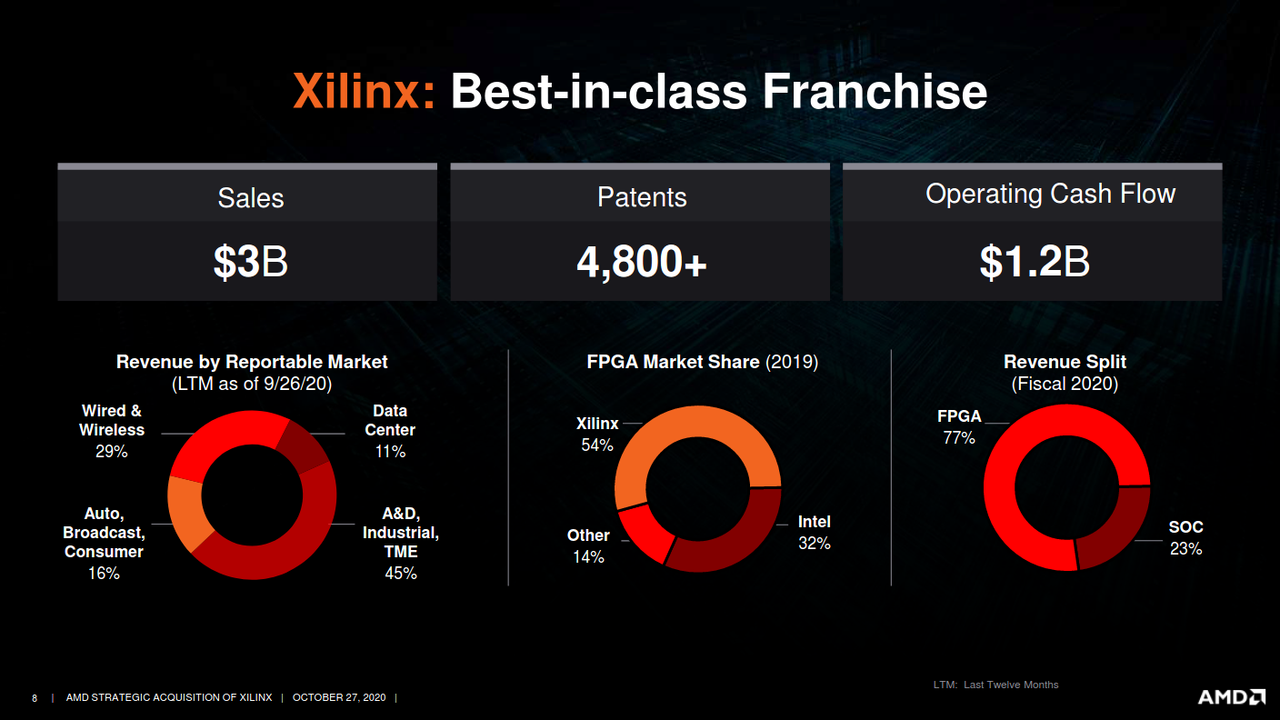


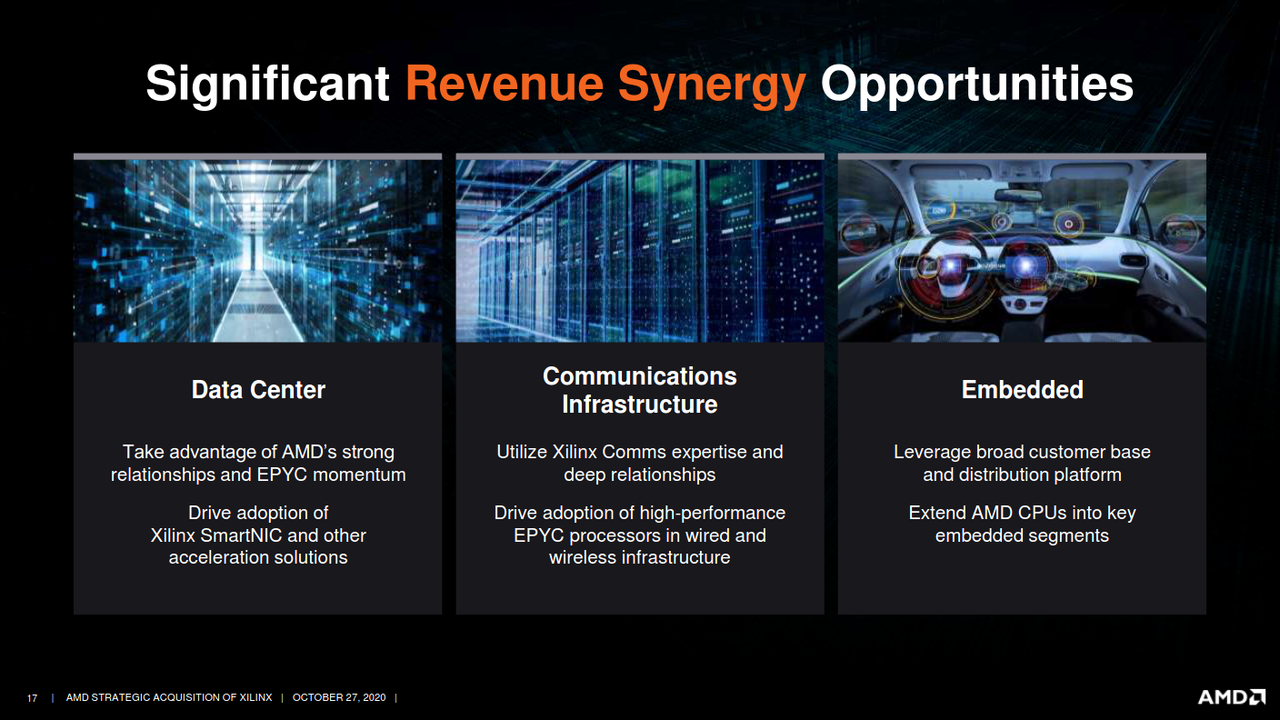









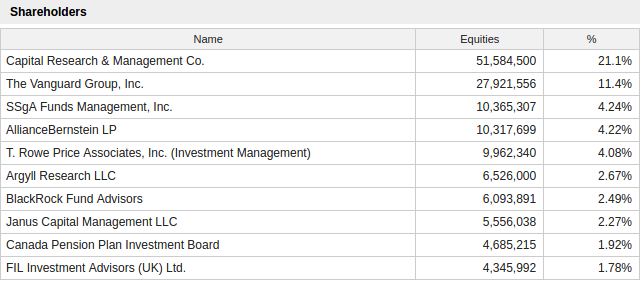
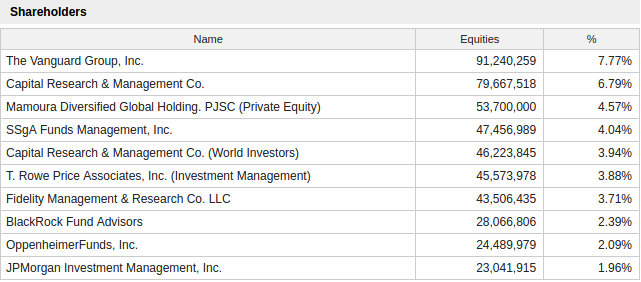
 )
)



